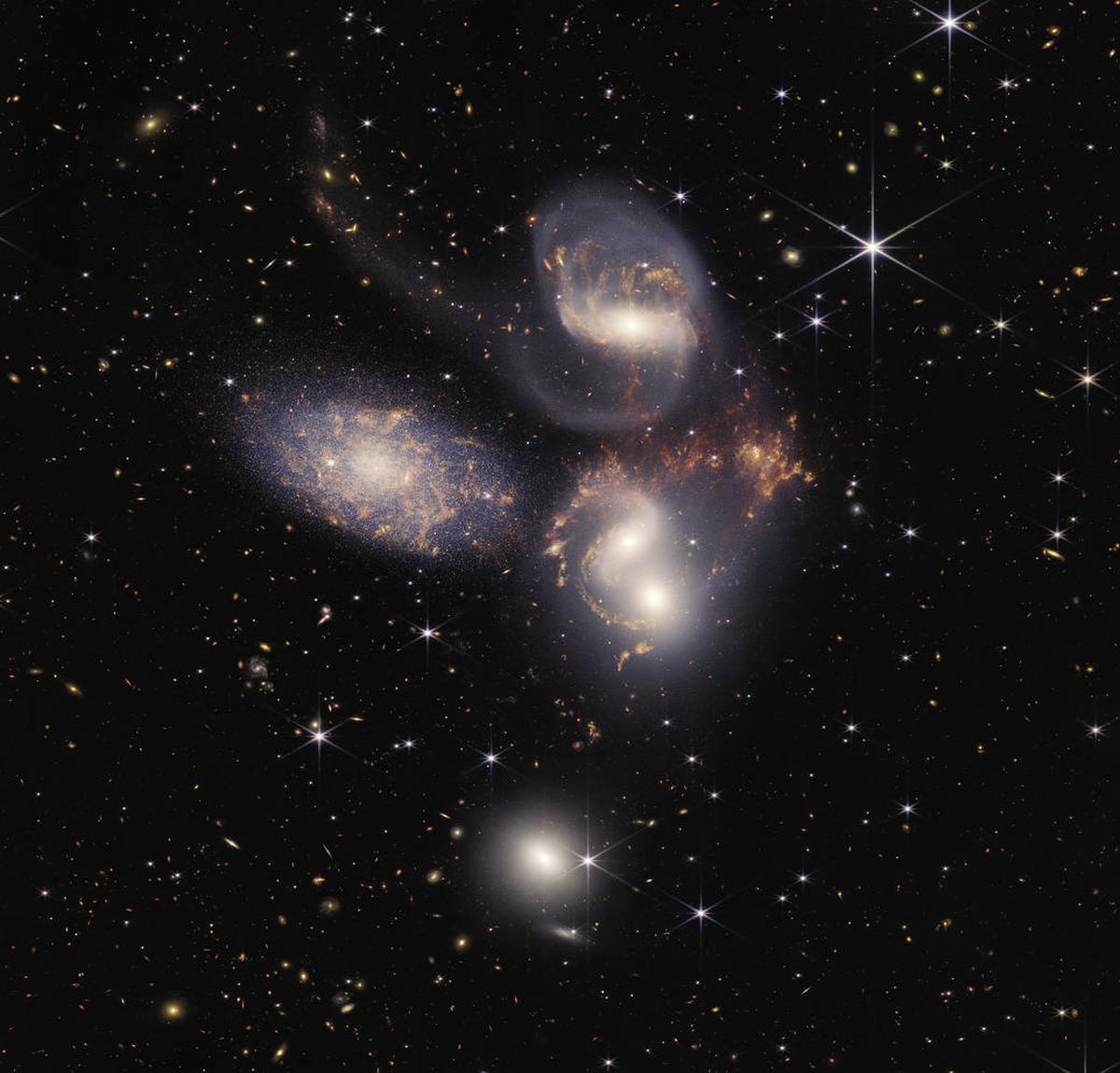postphx.com – The quest to unravel the mysteries of the universe has always been a driving force in human exploration. With the advent of space telescopes, our understanding of the cosmos has leaped forward. The Space Telescope era, marked by the launch of the Hubble Space Telescope in 1990, has revolutionized astronomy, offering unprecedented views of the universe. This era is now entering a new chapter with the deployment of the James Webb Space Telescope, promising even greater discoveries. This article explores the journey from Hubble to James Webb, highlighting the advancements and contributions to our understanding of the universe.
The Hubble Space Telescope: A Giant Leap for Astronomy
The Hubble Space Telescope (HST), named after the astronomer Edwin Hubble, was launched into low Earth orbit on April 24, 1990. Despite initial issues with its primary mirror, corrected during a servicing mission in 1993, Hubble has become one of the most successful scientific instruments ever built. Its contributions to astronomy are vast, including the discovery of black holes, the measurement of the rate of expansion of the universe, and the observation of the birth of stars in distant galaxies.
Hubble’s images, such as the iconic “Pillars of Creation” and the deep field images revealing thousands of galaxies, have not only expanded our knowledge but also captured the public’s imagination, inspiring future generations of scientists and astronomers.
The James Webb Space Telescope: A New Frontier
The James Webb Space Telescope (JWST), named after the second administrator of NASA, James E. Webb, is designed to be the successor to Hubble. Launched on December 25, 2021, JWST is the largest, most powerful, and complex space telescope ever built. Positioned at the second Lagrange point (L2), approximately 1.5 million kilometers from Earth, JWST is optimized for observations in the infrared, allowing it to peer through dust clouds to see stars forming, and to look further back in time to observe the first galaxies forming after the Big Bang.
JWST’s primary mirror, composed of 18 hexagonal segments, unfolds to a diameter of 6.5 meters, providing a view of the universe 100 times sharper than Hubble’s. Its instruments are designed to study the light from the first stars and galaxies that formed in the early universe, to examine the formation of stars and planets in our own and other galaxies, and to analyze the atmospheres of exoplanets for signs of life.
The Legacy and Future of Space Telescopes
The era of space telescopes, from Hubble to James Webb, represents a significant milestone in human exploration. Hubble has provided a wealth of data and breathtaking images that have reshaped our understanding of the universe. James Webb, with its advanced capabilities, is poised to answer fundamental questions about our cosmic origins and the nature of the universe.
As we look to the future, plans for new space telescopes are already underway, each designed to explore different aspects of the universe. The success of Hubble and James Webb will undoubtedly inspire the next generation of space telescopes, continuing humanity’s quest to understand our place in the cosmos.
In conclusion, the Space Telescope era, marked by the achievements of Hubble and the promise of James Webb, represents a golden age of astronomy. These telescopes have not only expanded the frontiers of science but have also inspired a sense of wonder about the universe. As we await the discoveries that James Webb will bring, we can be sure that the legacy of space telescopes will continue to enrich our understanding and appreciation of the cosmos for generations to come.
